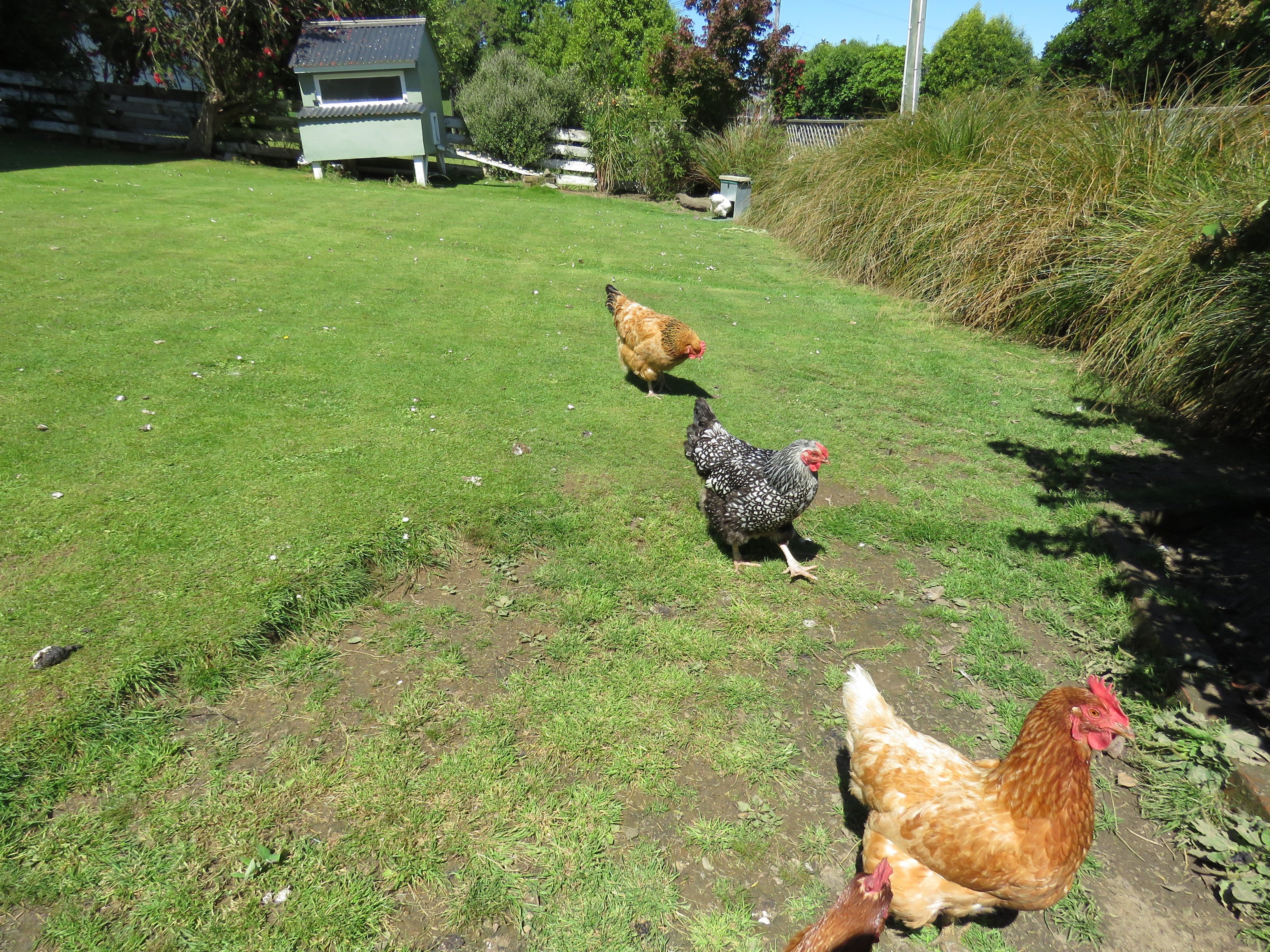
When change occurs, opportunities arise.
I'm happy then that this summer, the Dunedin City Council has told us (in their FYI) they'll be mowing grassed banks less often.
Their change of practice follows a growing trend among councils here and overseas to adopt no-mow and minimal-cut policies.
For the DCC, motives include reduced health and safety risks, less cost and benefits to nature. Here's how you too can follow the trend of mowing less for nature's sake.
The first step to getting excited about allowing the grass to grow is to put yourself in the mindset of the non-human species you share your lawn with.

Environmentalists are often negative about lawns, quite rightly concerned about low biodiversity, emissions from mowers, herbicides, irrigation and harmful "green leaf volatiles" from cut grass.
But a lawn, even a closely shaved one, is a permeable surface that slows stormwater runoff, sequesters some carbon, provides some food and habitat for wildlife, and of course is a great place for children to play.
However, lawns pass muster when we consider the alternatives, such as artificial turfs (that release microplastics into the air and waterways), forgotten plastic weed mats (again microplastics along with reduced water absorption) and cement.

"Low maintenance often means paved, and I think that's something that will be terrible for the future."
Her concern extends from the impact on biodiversity to flooding events.
"We need to make our cities more spongy," she says.
If you think the neighbours will be concerned with the new look of your lawn, introduce some "cues to care", van Heezik advises.
"It's the idea that you can have a really messy area, but if you have a mowed edge to it, then it shows that the area is meant to be messy, and then it becomes acceptable."
Additionally, mow a pleasing curvy path through the lawn, or put up a sign that says, "For the bees". Your neighbours may even copy you.
Other nature-friendly ways to mow less include planting clusters of native shrubs to reduce the overall lawn space and letting the grass go to seed in those awkward garden corners.
Give yourself time to adjust. For example, if you mow weekly, reduce to fortnightly alternating with a short trim around the edge. Your lawn will be healthier for it.

By keeping the grass at different heights, you will actually attract a greater diversity of plant species. Lawns can be surprisingly biodiverse.
In a Christchurch study of 327 lawns, the authors reported more than 47 plant species, 13% of which were native.
Once you are mowing less, you will have more time to get curious about the species choosing to live in your lawn.
Use a species ID app such as iNaturalist to identify the flora and fauna that arrive over time: a fun learning activity in which to involve the children or grandchildren. You may be surprised to discover some of those lawn "weeds" are actually native!
The GardenStar tool can be downloaded from: www.peoplecitiesnature.co.nz/garden-star-tool
Dr Maureen Howard is the senior education co-ordinator with Town Belt Kaitiaki, and the creator and host of the podcast series Rewilding in Action, with Otago Access Radio.











